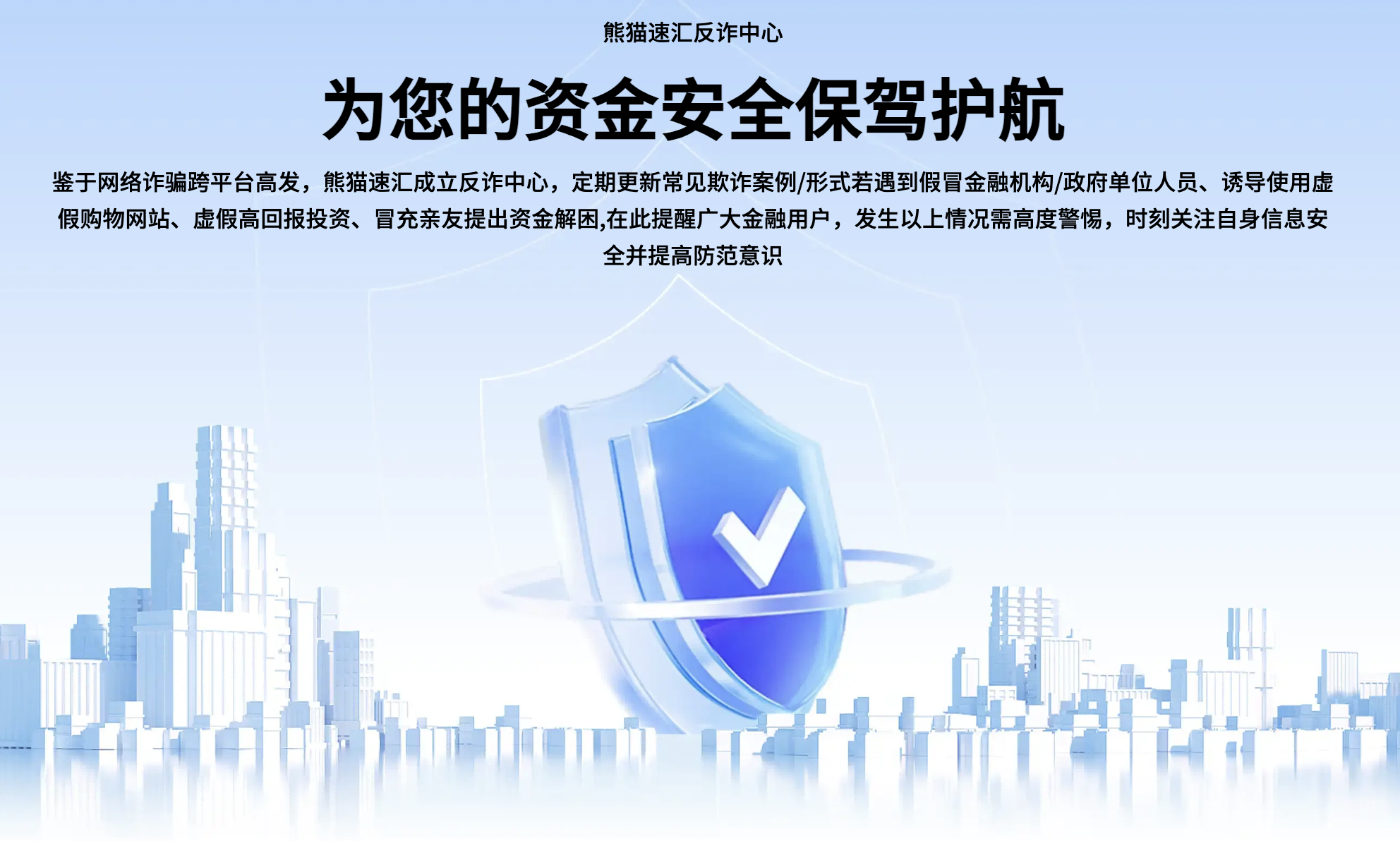Maximizing Convenience and Safety: The Answers to Your Bank Account Transfer Questions (16) Stay Secure and Informed: Tips for Sending Money by Bank Account (17) Need Help with a Bank Account Transfer? Call This Customer Service Number (18) Avoiding Surprises: Understand Tax Implications of Bank Account Transfers (19) No Bank Account? No Problem: How to Send Money to Non-Account Holders (20) Protecting Your Finances: Keeping Your Bank Account Info Safe During Transfers (21) Quick and Easy: Sending Money by Bank Account Without a Computer or Mobile Device (22)
GPT_Global - 2024-02-12 00:30:02.0 136
Can I send money to multiple recipients from one bank account transaction?
Sending money to multiple recipients from one bank account transaction is a convenient and efficient way to transfer funds. With advancements in technology, remittance businesses now offer this service to make it easier for customers to send money to various individuals or businesses at the same time. Here's how it works.
Firstly, you need to find a trusted remittance business that offers this service. Look for a company that has a good reputation and reliable track record in money transfers. Then, you will need to register with them by providing your personal information and bank account details. This step is important to ensure that your identity is verified and your transactions are secure.
Once you have registered, you can start sending money to multiple recipients from your bank account. Simply log in to your remittance account and select the option to send money to multiple recipients. You will then be prompted to enter the amount you want to send and the details of the recipients, such as their names, bank account numbers, and the amount each will receive.
After confirming the transaction, the remittance business will process the transfer and send the funds to the designated recipients. This service is especially useful for those who regularly send money to family members or business partners in different locations. With just one transaction, you can save time and effort in sending money separately to each recipient.
It is important to note that there may be a limit on the number of recipients you can send money to in one transaction, depending on the remittance business's policies. Also, fees may vary depending on the number of recipients and the total amount being transferred. It is best to check with the remittance business beforehand to avoid any surprises.
Sending money to multiple recipients from one bank account transaction is a convenient option for those who need to transfer funds to different people or businesses. It saves time, effort, and can also be cost-effective. So, the next time you need to send money to multiple recipients, consider using this service from a trusted remittance business.

What precautions should I take when sending money by bank account?
Sending money via bank account is a convenient way to transfer funds, especially for international remittances. However, it is important to take certain precautions to ensure the safety and security of your money. Here are some tips to keep in mind when using bank accounts for remittance:
1. Verify the recipient's details:
Before initiating the transaction, make sure to double-check the recipient's name, bank account number, and other necessary details. Any errors in the information provided can result in delays or even loss of your money.
2. Use a secure network:
When making the transfer, ensure that you are using a secure internet connection. Avoid public Wi-Fi networks and opt for a private connection to prevent any unauthorized access to your bank account and personal information.
3. Keep your bank account information confidential:
Do not share your bank account details with anyone, including the recipient. This information should only be entered on the official banking website or app. Be wary of any suspicious emails or calls asking for your bank account information.
4. Set up alerts and notifications:
Many banks offer the option to set up alerts and notifications for any transactions made from your bank account. This can help you stay updated on the status of your remittance and detect any unauthorized activity.
5. Be aware of fees and exchange rates:
When sending money via bank account, be aware of the fees and exchange rates that may apply. Some banks may offer lower fees for online transfers while others may charge higher fees for international remittances. It is important to compare the costs before choosing a bank for your transfer.
By following these precautions, you can ensure a smooth and secure transaction while sending money through your bank account. Remember to always double-check the details, use a secure network, and keep your information confidential to avoid any potential risks.
Is there a customer service number I can call for assistance with a bank account transfer?
Remittance businesses are dedicated to helping individuals transfer money across borders. One common concern for customers is whether there is a customer service number they can call for assistance with bank account transfers. The answer is yes, most remittance businesses have a dedicated customer service number that customers can use for assistance.
When it comes to transferring money through a bank account, there may be times when customers face challenges or have questions about the process. This is where the customer service number comes in handy. Customers can call and speak to a live representative who can assist them with their concerns and guide them through the transfer if needed.
Having a customer service number available also adds a level of convenience for customers. Instead of having to physically go to a brick-and-mortar location, customers can simply make a phone call and get the assistance they need without leaving their home or office. This makes the process of transferring money more efficient and hassle-free.
Furthermore, having a customer service number shows that the remittance business values their customers and is committed to providing quality service. It gives customers a sense of security knowing that they have a reliable point of contact in case of any issues or questions that may arise during the transaction.
In conclusion, if you are considering using a remittance business for bank account transfers, rest assured that there is a customer service number available for your convenience. Be sure to inquire about it before making a transaction to ensure a smooth and stress-free experience. Remember, your satisfaction is their priority.
Are there any tax implications for sending money by bank account?
When it comes to sending money through a bank account, there are several tax implications that individuals should be aware of. First and foremost, any income earned through remittance must be reported on your taxes as it is considered taxable income. This means that you may have to pay taxes on the amount of money you send or receive through a remittance transaction.
Additionally, if you are sending money internationally, your transaction may also be subject to foreign exchange fees and taxes. These can vary depending on the country you are sending money to and can add up quickly, so it is important to factor them into your overall costs when choosing a remittance provider.
For those who regularly send money through a bank account, there may also be tax implications for larger transactions. The IRS requires financial institutions to report any transactions over $10,000 to help prevent money laundering and other illegal activities. This means that if you are sending or receiving a large sum of money through a remittance provider, it will likely be reported to the government.
It is also important to keep in mind that some countries have specific laws and regulations regarding remittance and taxes. For example, some countries may have restrictions on the amount of money that can be sent out of the country without incurring significant taxes. It is crucial to research the tax laws in both the country you are sending from and the country you are sending to in order to avoid any surprises or penalties.
In conclusion, when using a bank account for remittance transactions, it is important to be aware of potential tax implications. Be sure to report all income earned through remittance on your taxes and consider foreign exchange fees and any potential government reporting requirements. By staying informed and understanding the tax laws surrounding remittance, you can ensure a smooth and compliant experience.
Can I send money to someone who doesn't have a bank account?
Are you looking to send money to a loved one who doesn't have a bank account? It may seem like a tricky task, but with the right remittance business, it is possible. Sending money without a bank account is a common concern for many people, but it doesn't have to be. With the rise of digital and mobile money transfer services, it has become easier than ever to send money to someone without a bank account.
One option for sending money to someone without a bank account is through a money transfer service. These services allow you to send money directly to a recipient's mobile phone, which they can then cash out at a physical location. The process is simple and efficient, making it a popular choice for those without bank accounts.
Another option would be to use a prepaid debit card to send money. You can load the card with the desired amount and then give the card to the recipient. They can then use the card to make purchases or withdraw cash at an ATM. This option provides a secure and convenient way to send money to someone without a bank account.
If the recipient is in a different country, you can also use international money transfer services such as Western Union or MoneyGram. These services allow you to send money to over 200 countries and territories, and the recipient can receive the funds in their local currency from a nearby agent location. Some services may require the recipient to have an ID to collect the money, so be sure to check beforehand.
Overall, sending money to someone without a bank account is not only possible but also quite simple. Thanks to modern technology and the range of remittance options available, you can easily and safely send money to your loved ones without them having a bank account. Just be sure to choose a reputable and secure remittance business for a hassle-free experience.
How do I ensure the security of my bank account information during a transfer?
When it comes to transferring money through a remittance business, one of the biggest concerns for individuals is the security of their bank account information. With cybercrime on the rise, it is important to take necessary precautions to ensure the safety of your personal and financial information during a transfer. Here are some tips to help you keep your bank account information secure:
First and foremost, make sure you are using a trusted and reputable remittance service. Do your research beforehand and choose a company that has a good track record of secure and reliable transactions. This will greatly reduce the risk of your information being compromised.
Another important step is to never share your login credentials or passwords with anyone. This includes family members, friends, or even employees of the remittance company. Your password should be known only to you and kept confidential to prevent unauthorized access to your account.
It is also recommended to use a unique and strong password for your bank account. Avoid using easily guessable information such as your name, birthdate, or common words. A strong password should include a combination of letters, numbers, and special characters.
Additionally, always ensure that you are using a secure internet connection when making transfers. Public Wi-Fi networks or unsecured websites can put your information at risk. It is best to use your own personal computer or mobile device with a secure internet connection to conduct your transactions.
Lastly, regularly monitor your bank account for any unusual activity. If you notice any unauthorized transactions or suspicious behavior, contact your bank and the remittance company immediately. They will be able to assist you in securing your account and preventing any further fraudulent activity.
By following these steps, you can have peace of mind knowing that your bank account information is secure during a transfer. Remember to always prioritize safety and caution when it comes to your personal and financial information.
Can I send money by bank account without using a computer or mobile device?
Sending money by bank account is a convenient and secure way to transfer funds to family, friends or businesses in different parts of the world. And the good news is, you don't necessarily need a computer or mobile device to do it. Many banks offer traditional methods of sending money through a bank account, without the need for any digital devices. One option is to visit your nearest bank branch and fill out a remittance form. These forms are available at most bank branches and can be completed in person without the use of a computer or mobile device. You will need to provide details such as the recipient's name, bank account number, and the amount you wish to send. Another option is to use a bank teller service. This involves visiting a bank branch and speaking with a teller who will assist you in sending money via your bank account. This method is particularly helpful if you are not comfortable filling out forms or if the transaction is more complex. If you are unable to visit a bank branch, you can also send money through a remittance service that partners with the bank. These services have physical locations where you can make cash deposits or withdrawals, and the funds will be transferred to the recipient's bank account. This process can be completed without the use of a computer or mobile device. It's important to note that there may be fees associated with each of these methods, so be sure to check with your bank or remittance service provider before initiating a transaction. Additionally, make sure to provide accurate and complete information to avoid delays or issues with the transfer. In conclusion, sending money by bank account without using a computer or mobile device is possible through various traditional methods offered by banks or their partnered remittance services. Whether it's through a remittance form, bank teller service, or cash deposit at a remittance location, you can conveniently and securely transfer funds to your loved ones or businesses around the world.
About Panda Remit
Panda Remit is committed to providing global users with more convenient, safe, reliable, and affordable online cross-border remittance services。
International remittance services from more than 30 countries/regions around the world are now available: including Japan, Hong Kong, Europe, the United States, Australia, and other markets, and are recognized and trusted by millions of users around the world.
Visit Panda Remit Official Website or Download PandaRemit App, to learn more about remittance info.


